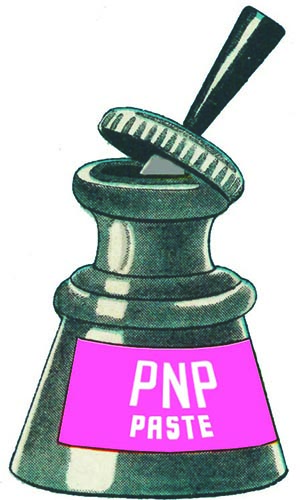Merry Chauvinismas!
Northern Hemisphere people, for all the land mass they occupy, can be very insular. For them, it's self-evident that birds fly south for the winter, that the shadow on the sundial advances clockwise—by definition—and that the first-quarter moon appears over the southern horizon like this:
Image from moonzoo.org.
They are at their most insufferable about what seasons months should be in. Christmas, in particular, simply has to be in winter. 'Joseph and Mary were looking for shelter from the cold,' they remind us, though it would require an Act of God to make it snow in Bethlehem. 'It's a winter solstice festival,' they opine, as if Holy Roman Emperor Constantine didn't just pull December 25 out of his newly-Christian behind. 'In the French Republican Calendar, Christmas is 4 Nivôse,' they piously point out, hoping that we'll notice the month is named for the French word for snow.
This chauvinism—there, another French word—extends to so many aspects of Christmas as it is traditionally celebrated that they cannot imagine it any other way. Snowpersons, penguins (think about where penguins live) and yule logs symbolize the cold, while stars, blinkenlights and yule logs symbolize the long nights. These symbols permeate the culture of their Christmas in its carols and decorations.
But that's their Christmas, not mine. I'm a born and bred Southerner, so Christmastime for me is hot, long summer days, grevillea robusta and jacaranda in bloom, cricket, ice cream and camping holidays. This is perfectly natural to me, though I'll allow that it's a bit silly putting up Christmas lights when the sun doesn't set until half an hour before bedtime.
I did Christmas in the Northern Hemisphere once. It was educational, and a bit of a letdown: it wasn't new to me, because I'd lived it vicariously through lifelong exposure to it on TV and in music. By four in the afternoon it was dark and I found myself wanting ice cream.
I almost feel sorry for Northerners, with their Christmas monoculture, but it didn't have to be that way. If it weren't for Pope Gregory abolishing the Julian calendar in 1582, then in a mere 22,000 years December 25 would have occurred on the (northern) summer solstice. Imagine how silly the French Republicans would look then!
DEBORAH PICKETT (@FUTZLE) HAS MOSS ON THE SOUTH SIDE






